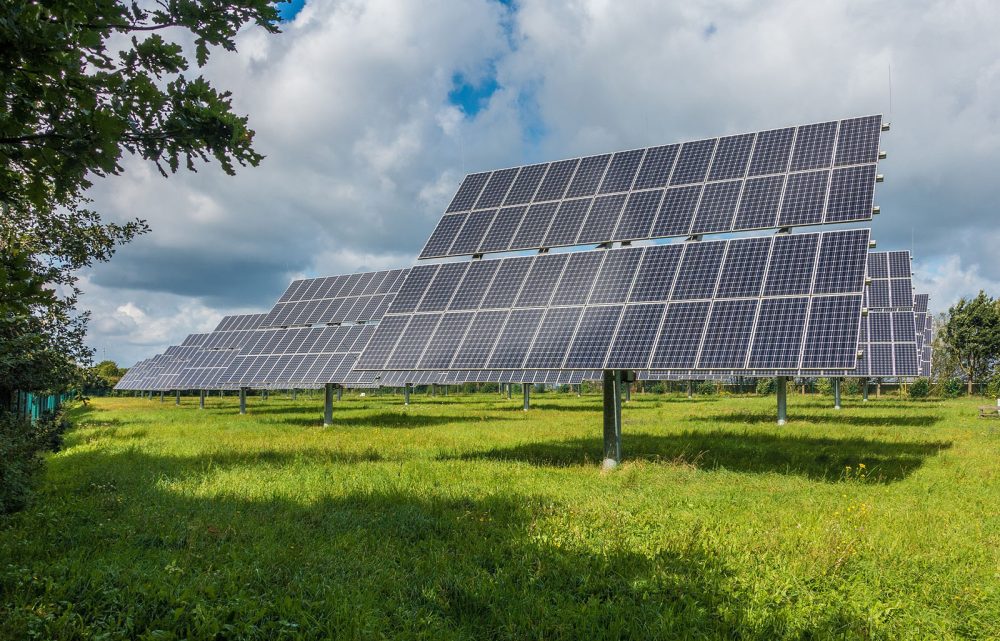Electromobility, heat pumps, smart picking robots for greenhouses; most solutions for a successful climate transition require electricity. Making our energy supply climate-neutral is therefore particularly important for achieving climate targets. Alongside hydroelectric and wind power plants, solar systems are among the most promising sources of green electricity and have been used in industry and households for decades. The “SOL-AI” AI system could significantly improve the efficiency of solar cells in the coming years.
SOL-AI was trained on a huge data set of research results. This enables the AI system to find links between studies that were previously considered separately. And is even expected to invent completely new materials for photovoltaic systems. Stefan Sandfeld from the Jülich Research Centre speaks of the “holy grail of materials science”.
How does the “holy grail of materials science” work?
More precisely, SOL-AI is a foundation model. It uses machine learning to find correlations in very different data. Similar to the GPT language model from OpenAI, which became known worldwide through the ChatGPT application, SOL-AI was initially trained on a large data set. At the end of this training, the AI can fulfil various tasks based on this data.
SOL-AI is intended to solve a problem that was previously difficult to solve by human means. According to the Helmholtz Institute, efforts to research and develop photovoltaic systems have grown steadily since the 2010s. However, what is initially a positive development has resulted in a flood of information from scientific publications. These could hardly be analysed. At the same time, the amount of data makes it difficult to find meaningful links between the various publications.
However, the AI system can use this data to learn without human assistance and in a self-monitored manner. Among other things, the system can incorporate data for which there was previously no learning objective.
AI model should be able to generate new materials for solar systems
The use of SOL-AI is reminiscent of what we are used to from “AIs” in everyday life. Researchers can ask the system “semantic questions in normal language”. The Helmholtz Institute cites examples such as “What is the expected lifespan of my planned solar cell?” or “Which materials should I use?”
When developing new solar cells, researchers can therefore formulate properties and requirements for materials, from which SOL-AI then suggests compatible materials. At the same time, the AI system should also be able to generate completely new materials by linking research results.
According to Stefan Sandberg, SOL-AI can use these new materials to significantly shorten the path to efficient and cost-effective solar power production.
SOL-AI to be freely available after publication
This effect is reinforced by the fact that SOL-AI will be free of charge and available worldwide once it is published. This is because the system has been included in the Helmholtz Foundation Model Initiative (HFMI), in which “fully functional models are developed in accordance with ethical and legal standards”. SOL-AI is one of four pilot projects selected for the initiative.
The free availability of sustainable technologies via initiatives such as the HFMI or via open source licences is an important prerequisite for being able to exploit their potential to the greatest possible extent. At the same time, such projects prevent monopolies and the reinforcement of social inequalities.









